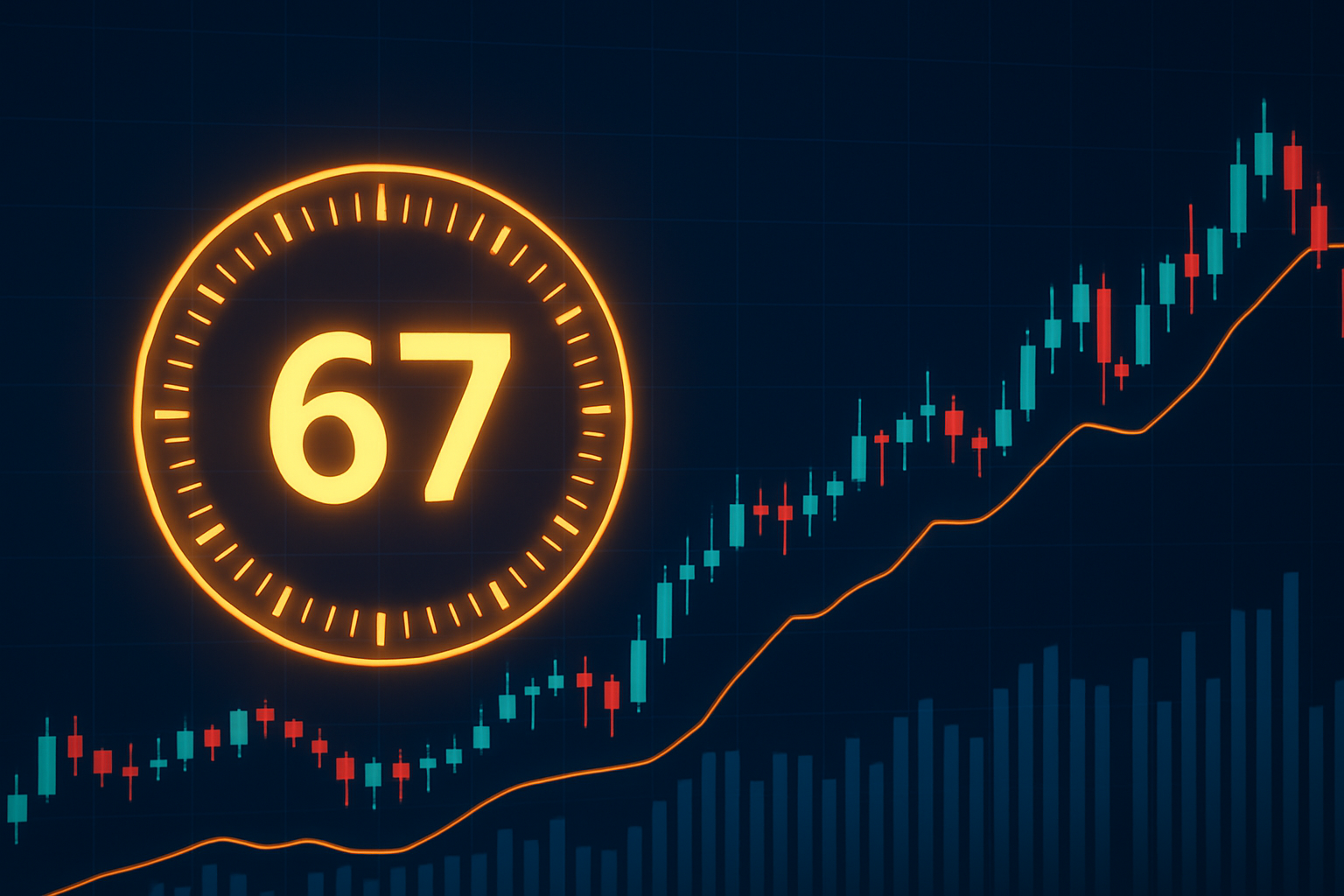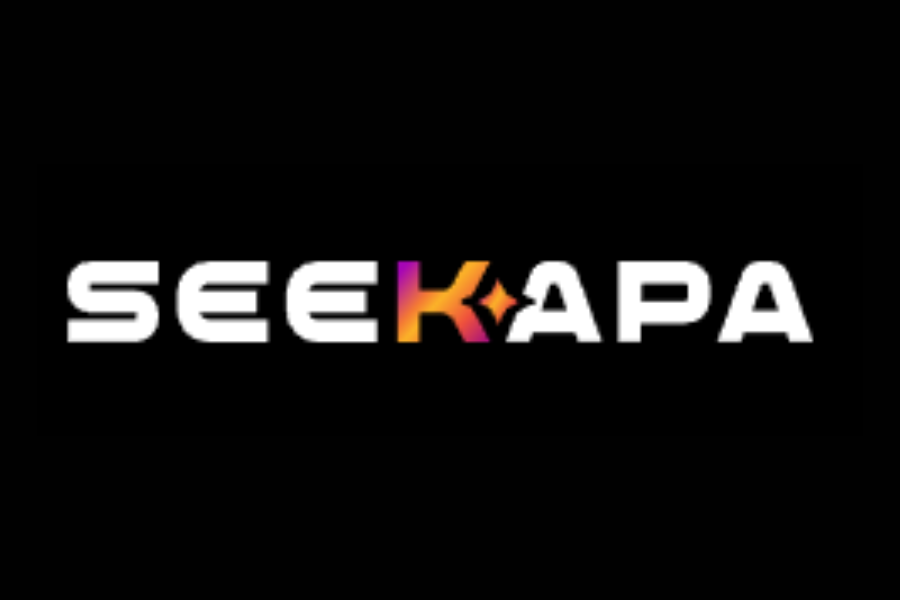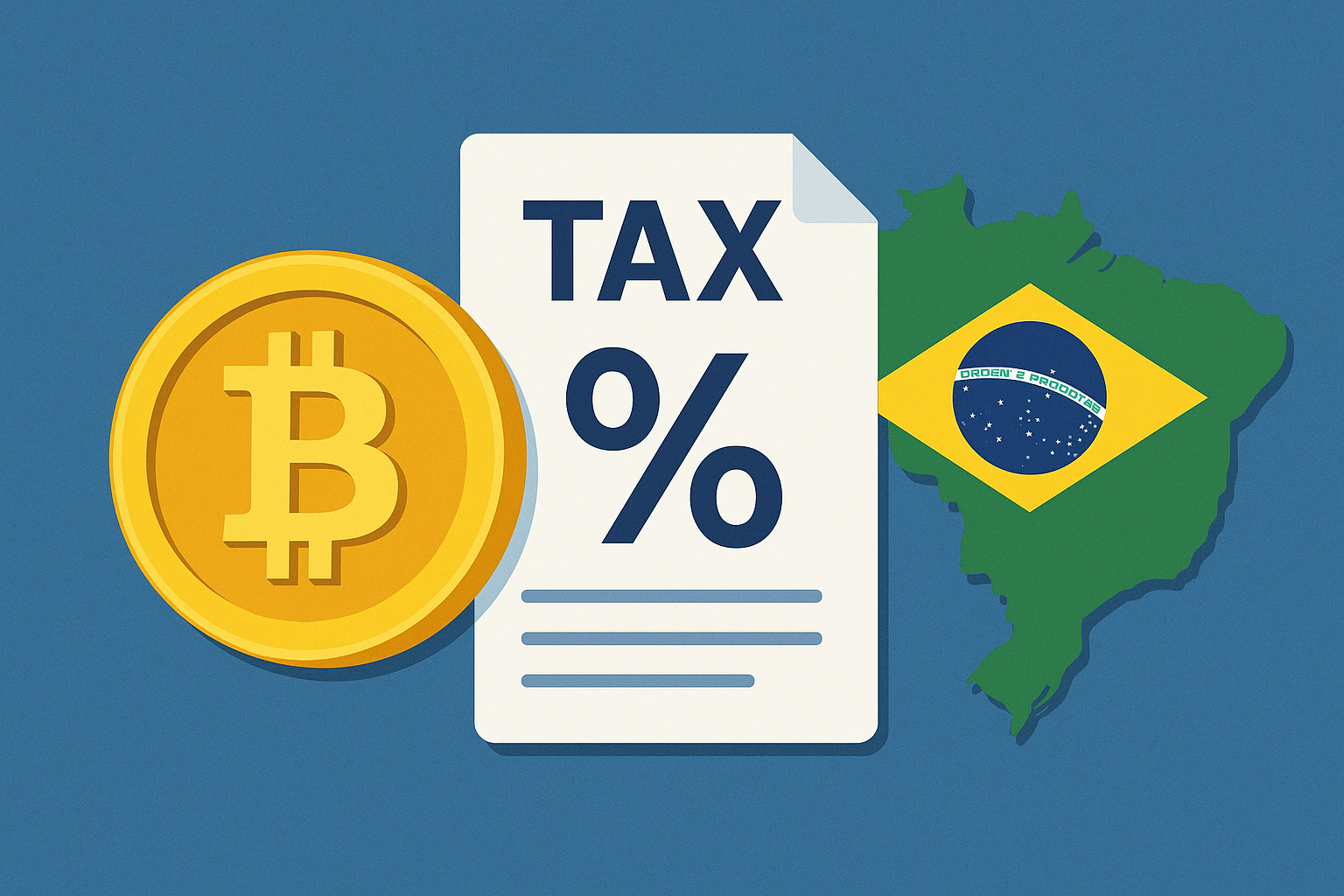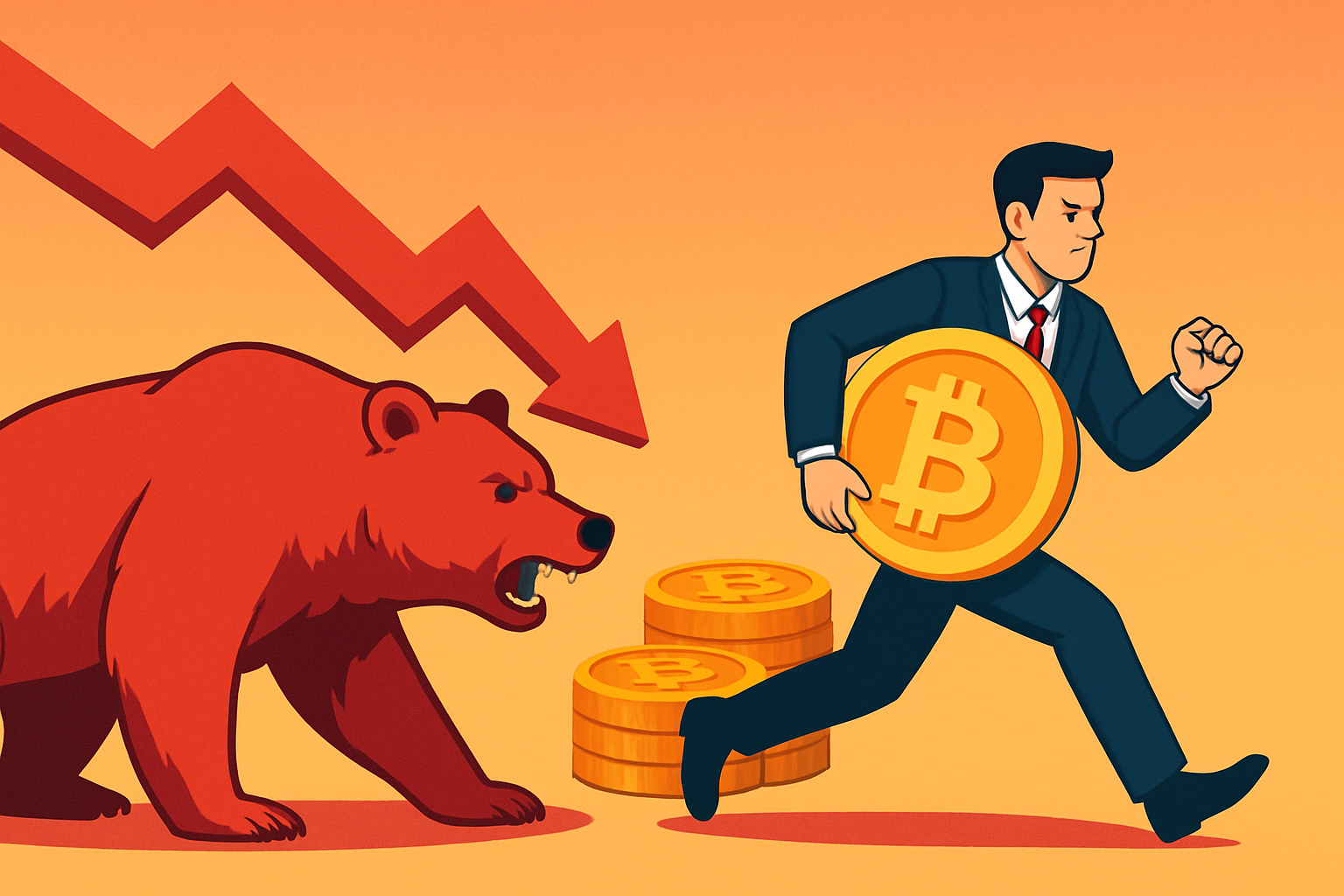Altcoin News
Altcoin Season Index Hits 67 On October 7, 2025: In-Depth Analysis And Market Outlook

Introduction
The cryptocurrency market experienced a significant shift as the Altcoin Season Index climbed to 67, signaling a strong bullish trend for altcoins. This index measures the performance of alternative cryptocurrencies compared to Bitcoin and serves as an important indicator for investors and traders about market cycles. While Bitcoin remains a dominant force in the digital asset ecosystem, the rising index suggests that altcoins are increasingly attracting investor attention. Historically, such a rise often precedes periods where altcoins significantly outperform Bitcoin, leading to the so-called “altseason.”
Understanding The Altcoin Season Index
The Altcoin Season Index is a metric developed to quantify when altcoins are outperforming Bitcoin. It is calculated based on the proportion of top-performing altcoins that outperform Bitcoin over a defined period. An index reading above 75 typically indicates a full-blown altseason, where a majority of altcoins are rising faster than Bitcoin. Conversely, a reading below 25 suggests Bitcoin-dominated markets where investors are largely favoring the leading cryptocurrency for stability and returns.
A reading of 67 is considered significant because it signals that while the market has not yet reached a full season, momentum is building in favor of altcoins. The index serves not only as a market sentiment gauge but also provides a predictive framework for investors to adjust portfolios, allocate capital to promising altcoins, and identify potential opportunities before the broader market fully recognizes the trend.
Factors Driving The Current Altcoin Bullish Trend
Several intertwined factors are contributing to the current bullish sentiment in altcoins. Understanding these dynamics is critical for both investors and analysts seeking to interpret market movements accurately.
1. Bitcoin’s Performance and Market Saturation
Bitcoin, as the original cryptocurrency, remains the benchmark for the market. Its recent surge to over $126,000 has reaffirmed its position as a store of value and an instrument for institutional investment. However, as Bitcoin approaches potential market ceilings, some analysts suggest that investors may begin reallocating capital to altcoins in search of higher returns. Historically, periods when Bitcoin stabilizes after a strong rally often coincide with the emergence of last season.
Bitcoin’s dominance, measured as the percentage of the total cryptocurrency market capitalization held by Bitcoin, has decreased to below 59% in recent weeks. This decline indicates that investors are diversifying into altcoins, creating favorable conditions for broader market participation and potentially higher returns in altcoins.
2. Institutional Adoption and ETFs
Institutional investors have increasingly turned their attention to altcoins. The approval of cryptocurrency exchange-traded funds (ETFs), particularly for Ethereum and Solana, has opened the doors to broader institutional capital inflows. These investment vehicles offer compliance, transparency, and ease of access, enabling hedge funds, family offices, and mutual funds to participate in altcoin markets without directly managing digital wallets.
Institutional adoption tends to create stability and sustained demand for the underlying assets. Ethereum, for example, has benefited from multiple institutional investment products, and its role as the backbone of decentralized finance (DeFi) applications continues to attract investor confidence.
3. Market Sentiment and Public Awareness
Market psychology plays a critical role in cryptocurrency price movements. Positive sentiment driven by media coverage, social media discussions, and increased searches for altcoins has coincided with the rise of the Altcoin Season Index. Platforms like Twitter, Reddit, and Telegram continue to serve as channels for information dissemination, hype cycles, and coordination of market expectations.
Moreover, the proliferation of educational content, technical analysis tools, and accessible exchanges has lowered entry barriers for retail investors. This democratization of access amplifies the effect of sentiment on altcoin prices.
Key Altcoins Leading The Charge
The following altcoins are currently exhibiting strong growth and are contributing significantly to the bullish market sentiment:
Ethereum (ETH)
Ethereum remains the leading altcoin in terms of market capitalization, adoption, and development activity. The successful transition to Ethereum 2.0 has not only improved scalability and energy efficiency but also introduced staking mechanisms that attract long-term investors. Ethereum’s ecosystem supports thousands of decentralized applications, including DeFi, NFTs, and gaming platforms, making it a central hub for blockchain innovation.
Solana (SOL)
Solana has gained attention for its high throughput capabilities, low transaction costs, and robust developer ecosystem. The network has experienced increased usage in decentralized finance, NFTs, and smart contract deployments. Analysts highlight that Solana’s ability to process tens of thousands of transactions per second positions it as a viable competitor to Ethereum, attracting developers and investors seeking high-performance blockchain infrastructure.
Binance Coin (BNB)
BNB benefits from its integration with the Binance Exchange ecosystem, including the Binance Smart Chain. This integration provides a utility-driven value proposition for BNB, as it is used for transaction fees, staking, and DeFi participation. The expanding suite of financial products on Binance continues to drive demand for BNB, supporting its price performance.
Cardano (ADA)
Cardano’s focus on scientific research, sustainability, and formal verification of smart contracts has cultivated a loyal community of supporters and developers. Upcoming upgrades, including improved smart contract functionality and enhanced interoperability with other blockchains, are expected to drive adoption and strengthen Cardano’s position in the altcoin market.
XRP
XRP’s potential approval as a spot ETF has generated considerable market excitement. Combined with ongoing developments in cross-border payment solutions and partnerships with financial institutions, XRP is well-positioned for growth. Analysts anticipate that favorable regulatory clarity could serve as a catalyst for significant price appreciation.
Historical Context Of Altcoin Seasons
Altcoin seasons are not new phenomena. They have occurred multiple times throughout cryptocurrency history, most notably in 2013, 2017, and 2021. Each altseason has had unique characteristics, but common patterns emerge: a period of Bitcoin stability followed by rapid growth in altcoins, driven by retail and institutional interest, speculative trading, and innovative projects capturing market attention.
Historically, these cycles have produced both extraordinary gains and equally dramatic corrections. Understanding past patterns allows investors to make more informed decisions, recognize market signals early, and manage risk effectively. The 2025 altseason, indicated by the Altcoin Season Index at 67, appears to be benefiting from the matured ecosystem, broader adoption, and increased regulatory clarity compared to previous cycles.
Investment Strategies During The Altcoin Bullish Phase
Diversification
Investors should diversify across multiple altcoins to capture potential growth while mitigating risk. Allocating capital to a mix of established altcoins like Ethereum and Solana, alongside promising smaller-cap projects, can balance potential upside with relative safety.
Long-Term Holding
Given the potential for substantial growth over several months, long-term holding (HODLing) remains a viable strategy for investors confident in a project’s fundamentals. Staking mechanisms in certain blockchains like Ethereum and Solana also provide additional passive income streams.
Active Trading
For traders with experience and access to real-time data, active trading can capitalize on volatility. Utilizing technical analysis, market sentiment indicators, and news-driven catalysts can enhance short-term trading performance.
Potential Risks
While the current market appears favorable for altcoins, several risks persist:
Market Volatility
Cryptocurrencies are inherently volatile. Price swings of 10-20% in a single day are common, and sudden market corrections can occur without warning.
Regulatory Changes
Global regulatory environments are evolving. Changes in policies, especially in major markets like the US, EU, and Asia, can impact investor behavior and market liquidity.
Project Sustainability
Not all altcoins are built to last. Investors must assess the team, technology, use case, and community engagement before committing capital to avoid losses from failed projects.
Macro Factors Influencing Altcoins
Several macroeconomic and technological factors influence altcoin performance:
Global Economic Conditions: Inflation, interest rates, and fiscal policies can indirectly affect cryptocurrency investment flows.
Technological Adoption: The rise of Web3 applications, DeFi protocols, and NFT platforms fuels altcoin demand.
Cross-Border Transactions: Blockchain solutions for remittances and international payments increase utility and adoption for specific altcoins.
Conclusion
The rise of the Altcoin Season Index to 67 on October 7, 2025, reflects a bullish phase in the cryptocurrency market. Factors such as declining Bitcoin dominance, institutional adoption, positive market sentiment, and robust technological developments are creating favorable conditions for altcoins to outperform Bitcoin. Ethereum, Solana, Binance Coin, Cardano, and XRP are among the leading altcoins poised for growth.
Investors should employ thoughtful strategies, including diversification, long-term holding, and informed trading, while remaining vigilant about potential risks. The current market environment presents unique opportunities for those prepared to navigate it with careful analysis and strategic decision-making. The 2025 altseason may become a defining period in the evolution of digital assets, demonstrating the maturity and resilience of the altcoin ecosystem.











